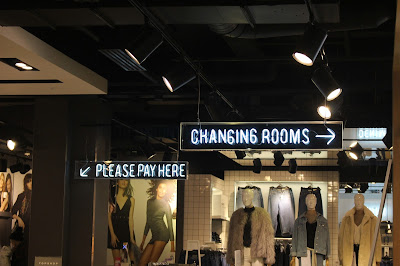For this study task I had to create a symbol using only shape and colour for a olympic sporting event that I could choose myself. First I looked at previous olympic pictograms and these were my favourite. I like the curves and more simplistic designs. I would like to experiment with both symbols including a person and without.
The sport I decided to design for was figure skating because It used to be a hobby of mine. I started by looking at figure skaters movements and positions and drawing them in a stick man form to see which is most successful. I drew the body using curves and separately drawing the head and skates. I creating it using a grid and on illustrator. When looking at the colours I choose to do blue because it has connotations of cold and ice which is part of the sport.
Everybody that I asked knew that the symbol was for figure skating due to the pose and skates.





















































